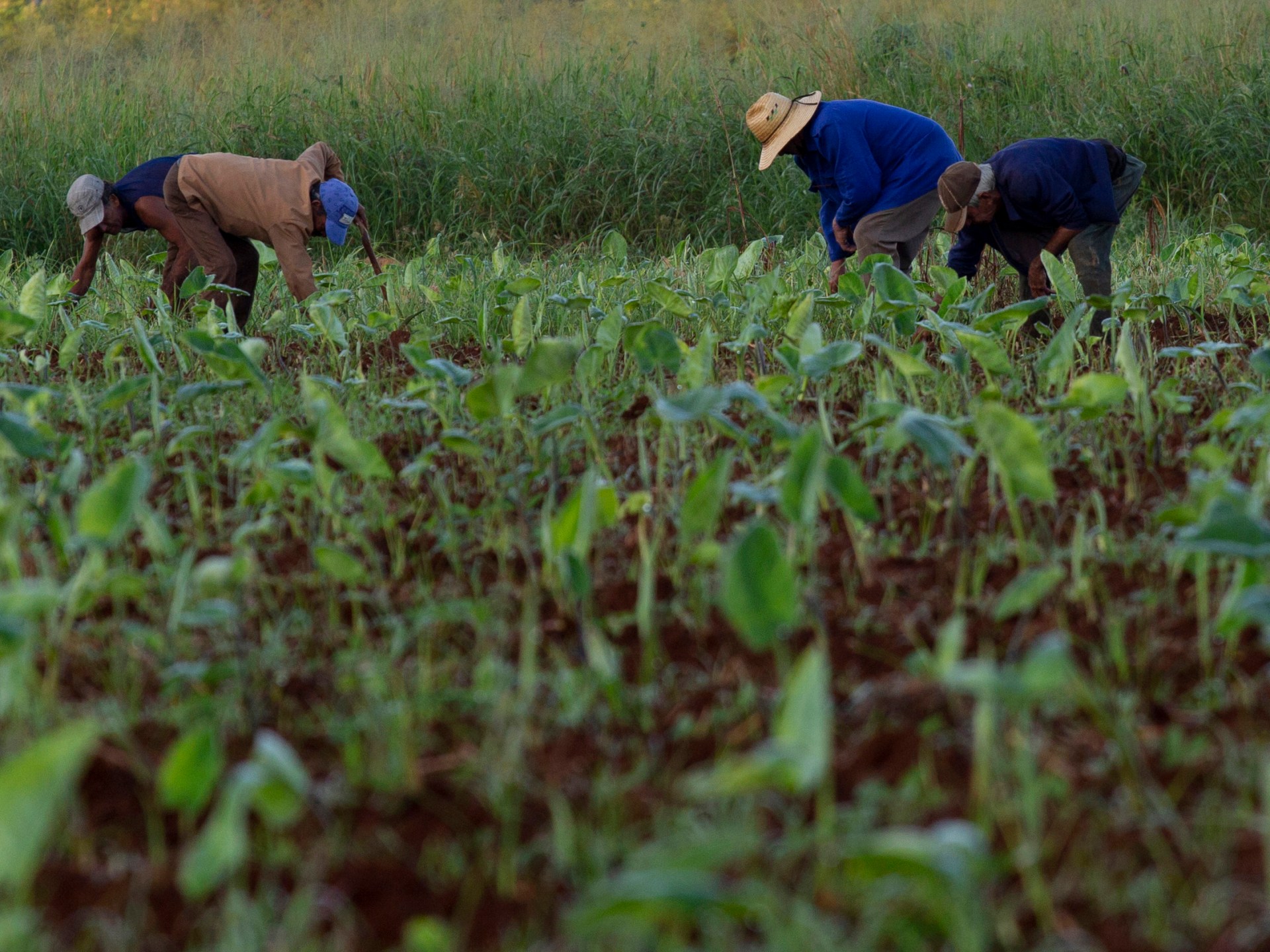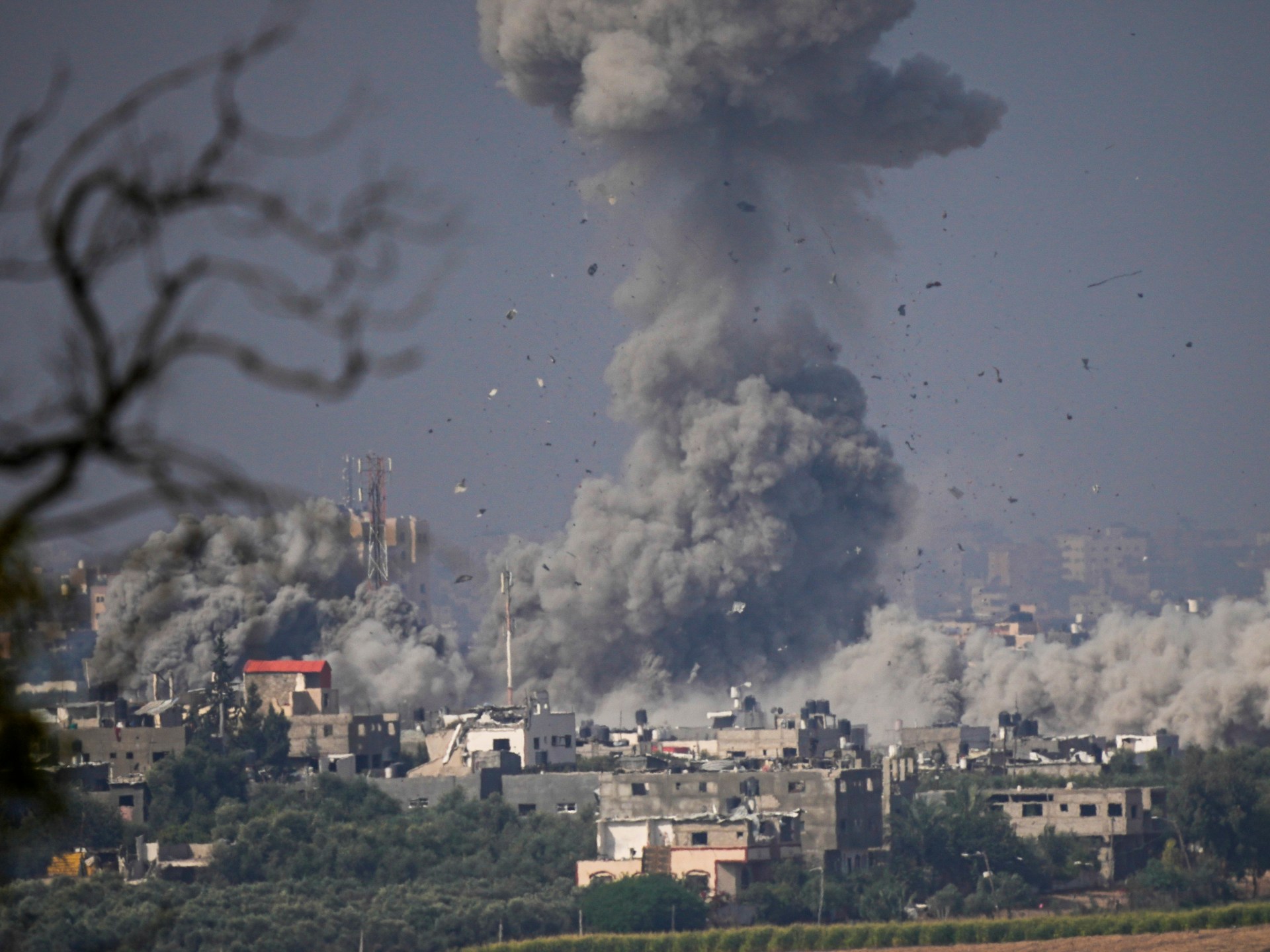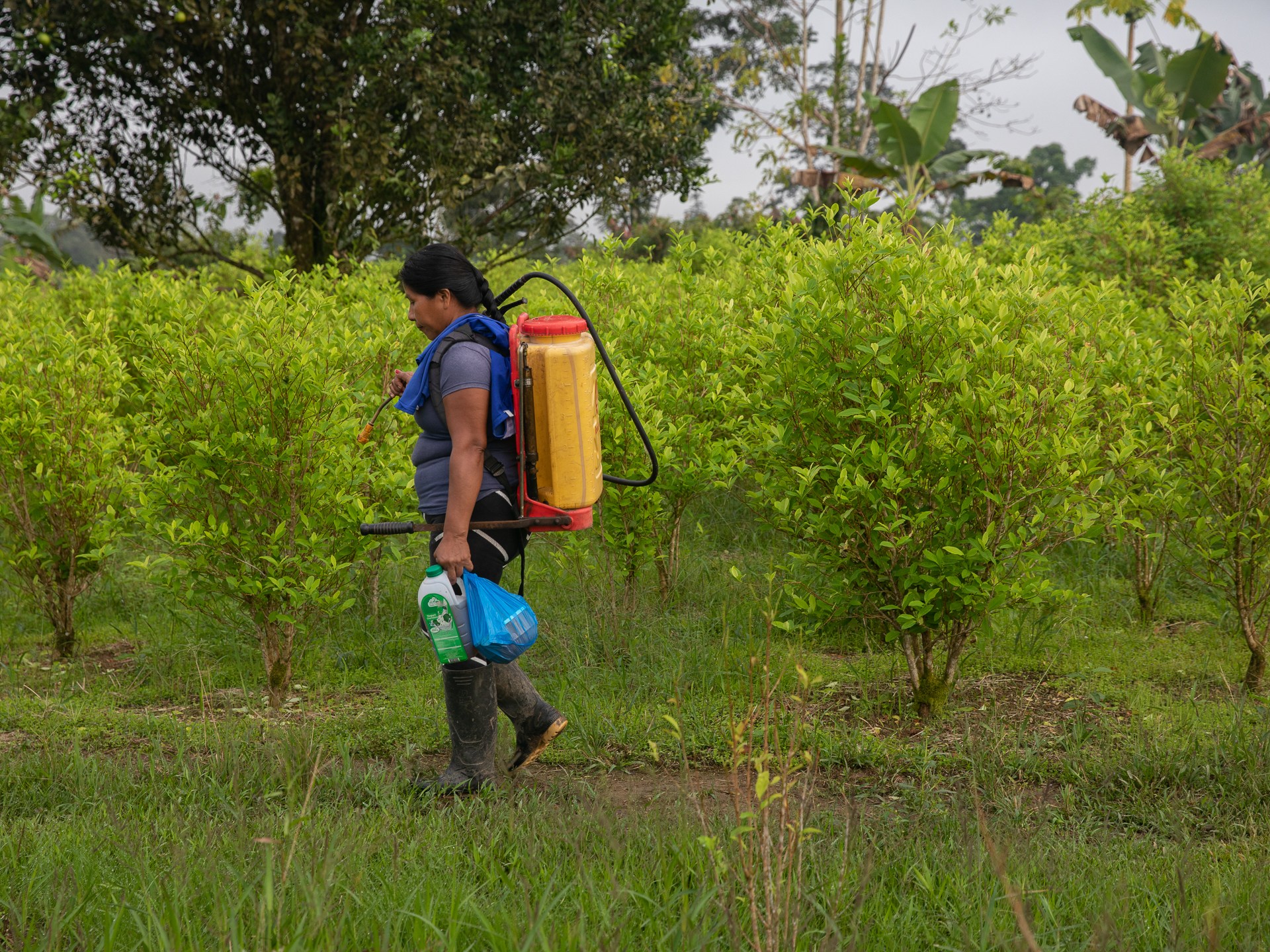Photos: Climate change puts Cuba’s agriculture under threat
Like the rest of the Caribbean, Cuba is suffering from longer droughts, warmer waters, more intense storms, and higher sea levels because of climate change. The rainy season, already problematic for farmers, has gotten longer and wetter.
Agriculture has long been a relative bright spot in Cuba’s struggling economy. The socialist government has been relatively liberal with food producers, allowing them to pursue their economic interests more openly than others in Cuba.
Cuba has ample sun, water and soil – the basic ingredients needed to grow plants and feed animals. By changing the way nature functions in the Caribbean, however, climate change is tinkering with the raw elements of productivity.
Cubans are leaving the island in the highest numbers in decades.
United States authorities encountered nearly 221,000 Cubans on the US-Mexico border in the 2022 fiscal year. It was a 471 percent increase from the year before, according to US Customs and Border Protection.
As with everything in Cuba, the outflow is being driven by a complex mix of domestic management of politics and the economy, and relations with the US and other countries.
A part of what’s driving the flow is climate change, which cost Cuba $65.85bn in gross domestic product between 1990 and 2014 alone, 9 percent of its total GDP, according to Dartmouth College.
“Caribbean economies, tourism, agriculture and fishing, are at the forefront” of climate change, Donovan Campbell, a climate-change expert at Jamaica’s University of the West Indies, told The Associated Press.
A Category 3 hurricane, Ian, ravaged western Cuba at the end of September, killing three people, destroying 14,000 homes, damaging the power network and destroying Cuba’s most-valued tobacco fields.
Cuba was already in one of its worst economic, political and energy crises in decades, due to the coronavirus pandemic and the Russian war with Ukraine, among other factors.
Cuba had said that it would get nearly a quarter of its energy from renewable sources by 2030. But so far, the country gets little more than 5 percent of its energy from renewables and still depends on oil from allies Venezuela and Russia.
The US trade embargo “impedes us from accessing the resources we could have that would make it possible for us to recover from these events as quickly as possible,” said Adianez Taboada, vice minister of Cuba’s Science, Technology and Environment Ministry.




